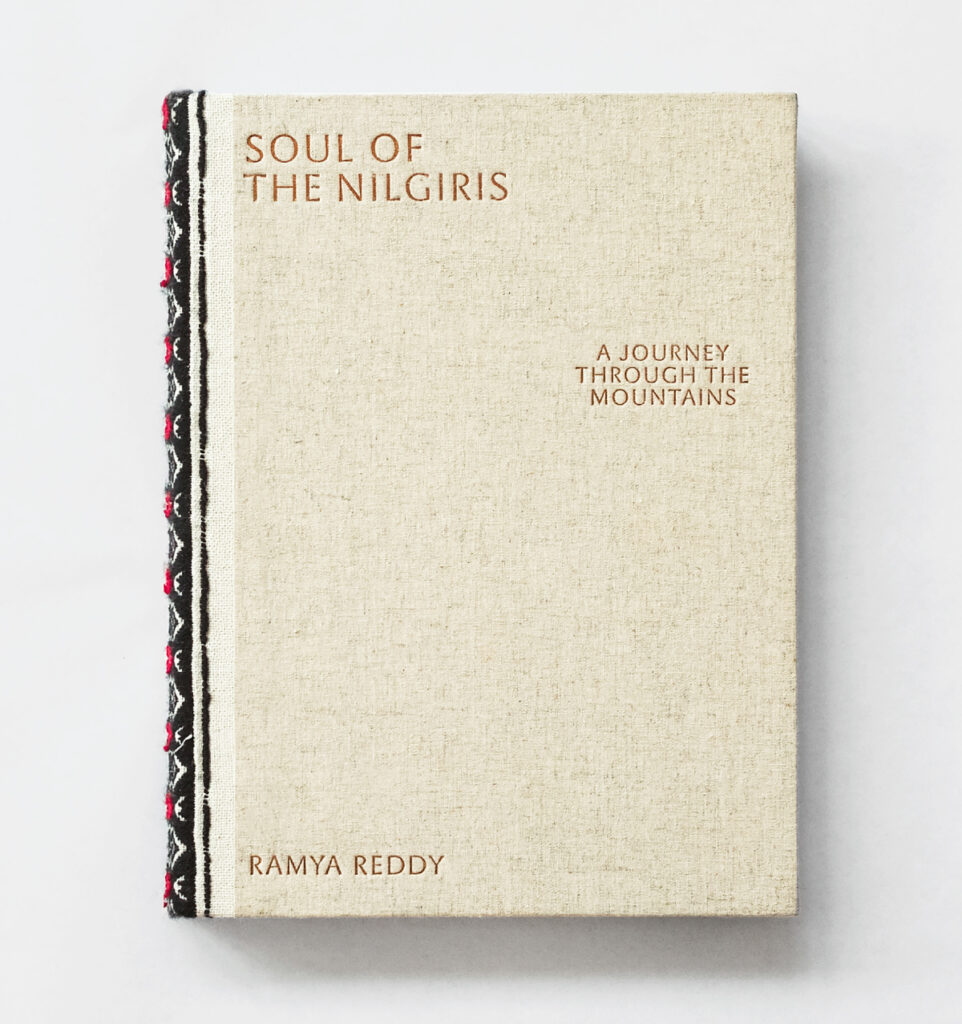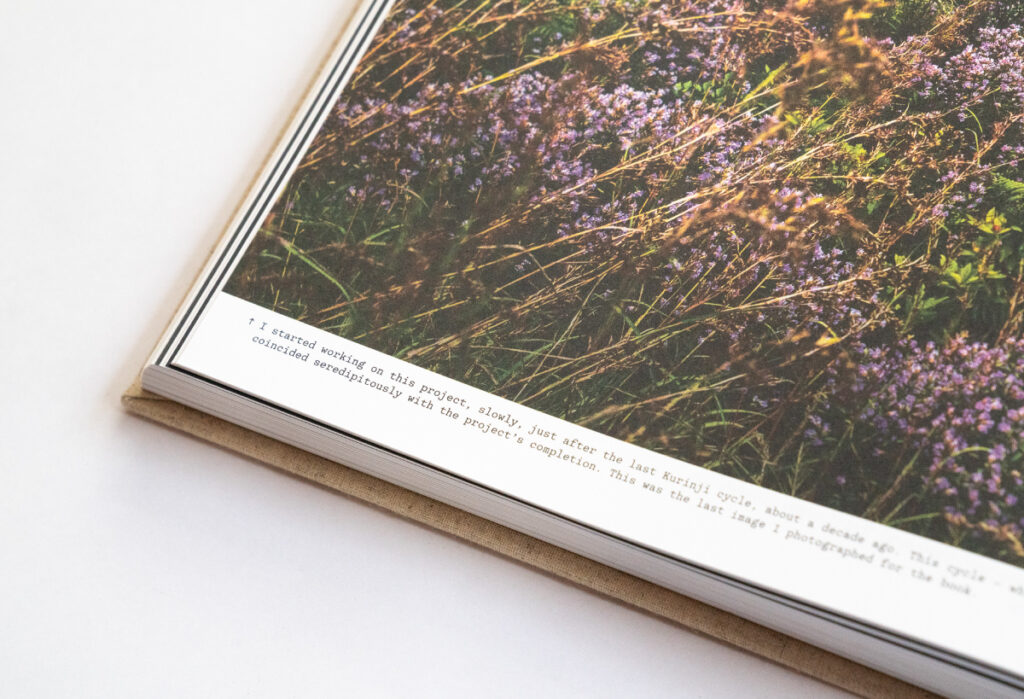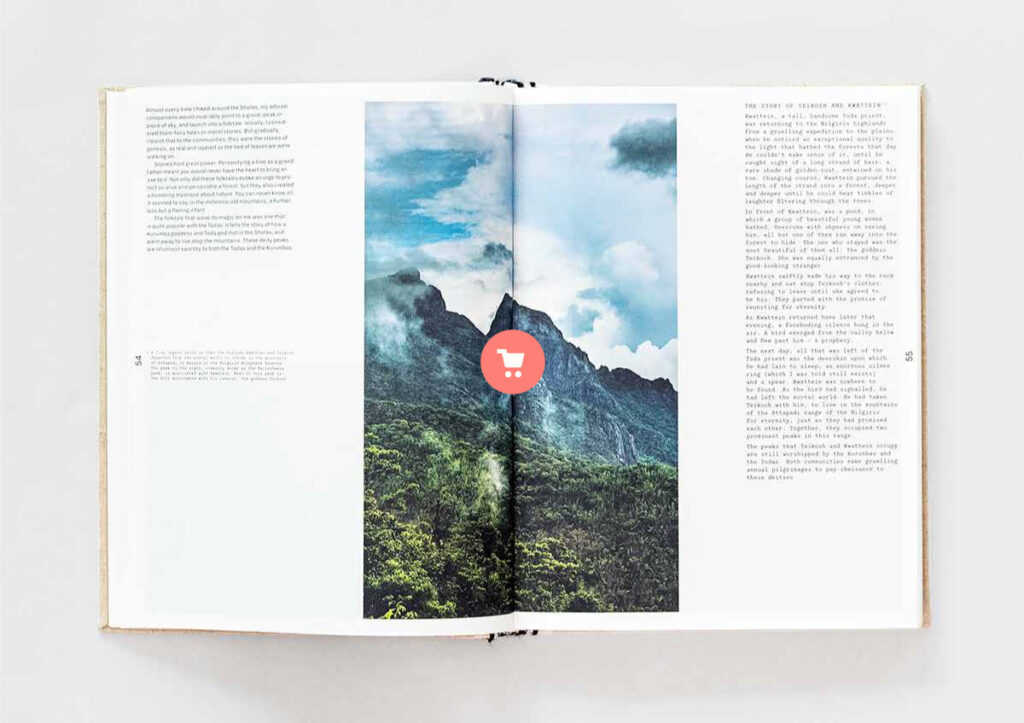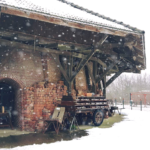Soul of the Nilgiris is a labour of love and the story of a place told through a personal tapestry of oral narratives, conversations, writings and over 300 photographs, drawn from the creative abundance of a millennia-old mountain land and her centuries-old inhabitants.
The cultural, ecological, colonial and the now drastically altered landscape of the Blue Mountains situated in the Western Ghat region of southern India, while attempting to draw attention to the lives of its indigenous people and the synergistic way in which they were attuned to the natural world. Their lifestyles are based on a respectful, reciprocal orientation and a sacred relationship with their land and there is a dire need to give voice to the relevance of this knowledge to the times we live in.
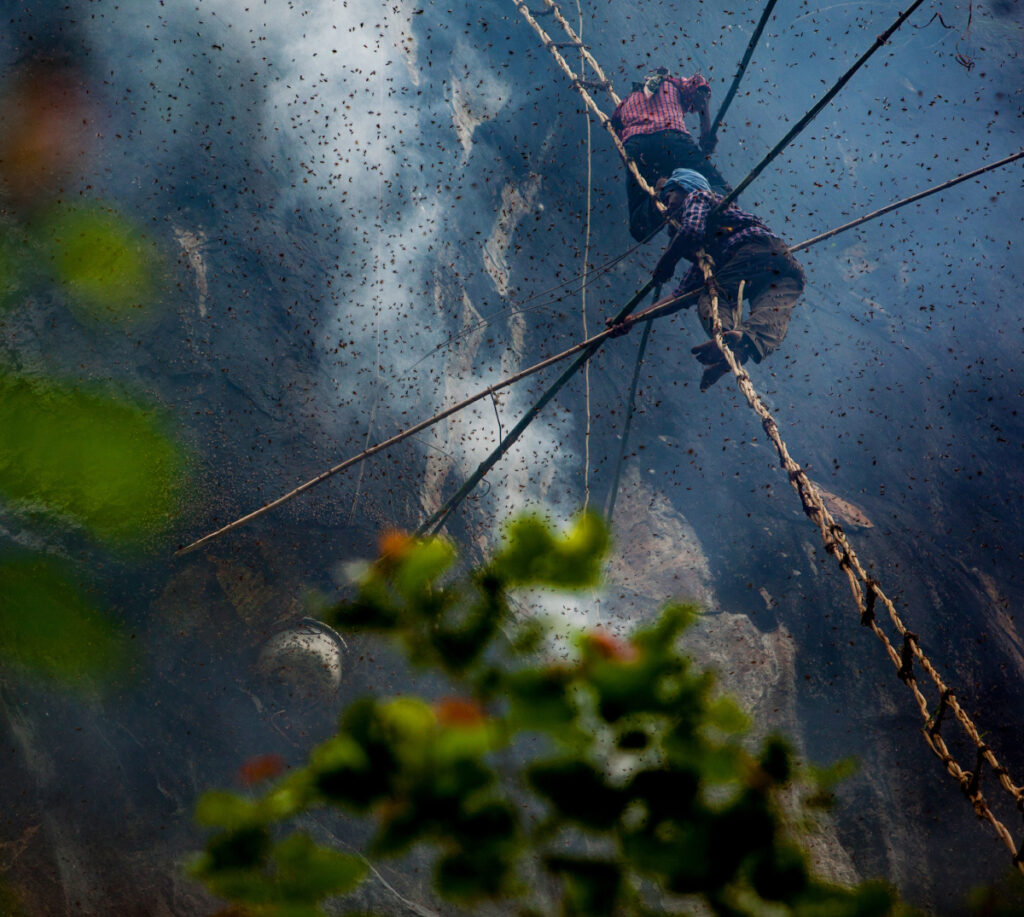
For centuries, the five chief indigenous groups of the Nilgiris were settled across the landscape, living in a need-based, symbiotic and time-honoured tradition of barter, up until the British opened up the hills for trade.
Trust and integrity were the most important currencies. The cornerstone of this system was a keen understanding of the natural world which dictated how much could be taken, sown, reaped or exchanged. Throughout the book, stories, photographs, songs sung by the indigenous elders and folktales speak of this coexistence and human experiences of this mountain land.
The endemic mosaic of montane Shola forests and grasslands – incredibly rich in their biodiversity owing to the elevation and isolation for thousands of years – has been a source of sustenance and of sanctity to the native people of the upper Nilgiris. Living on the peripheries of this highland ecosystem in hamlets with barrel-vaulted homes called munds are the most ancient of the natives – the pastoral Todas.
Centred around the sacred buffalo, their lives revolve around diary rituals. At one time, they bartered dairy products for honey, grains and vegetables from the other natives.
With inspirations drawn from their pastoral life and nature that surrounds them, the Toda women hand-embroider distinctive red and black motifs onto their ubiquitous garment — the cloak known as Puthkuzhy.
What better way to explore the forest than being a part of it. Stay within the forset at Kareem’s forest resort and get as close as possible with wildlife. If your looking for One-of-a-Kind vacation experiences that’ll change your life then this is it!

Alu Kurumbas who live on the slopes possess an accurate understanding of the local ecology. Rhythms of the forest and ancestral apiarian knowledge inform their honey gathering practices, making them intrepid honey collectors who scale dangerous heights of over 500 feet to reverentially harvest honey at specific times in a year. They can decipher the region’s ecological health indicator by bee activity alone. Extensive botanical knowledge and the legacy of traditional medicinal methods handed down through generations made them expert healers and sorcerers even, as the Nilgiri folklore tells us.

The Kotas were the artisans and musicians. As potters, carpenters, leather craftsmen, and smiths, they bartered their wares, crafts and musical services in exchange for dairy supplies from the Todas, grain from the Badagas, and forest products from the Kurumbas and Irulas. The Kota women crafted distinctive pottery from sacred clay that was extracted from marshes near the Shola forests.
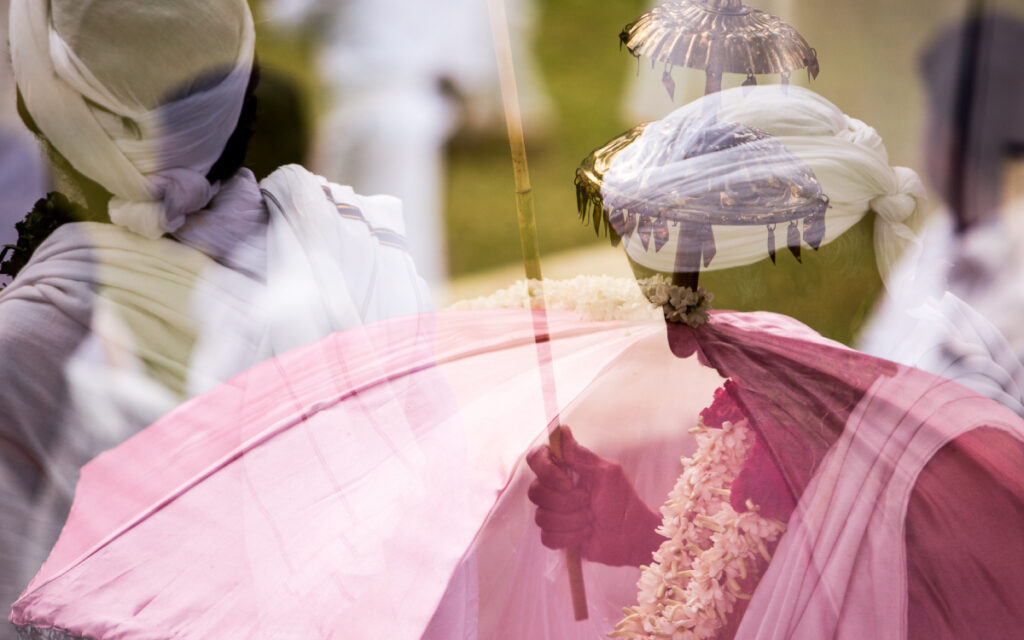
Settled in hamlets along the high central plateau, as the chief agrarians of the hills, the Badagas – who now primarily grow tea – grew vegetables and grain, which they bartered with pottery, herbs, medicines and honey, dairy produce and ceremonial services from the other indigenous groups.
The Badaga oral literature was a focal point of their culture. The Bards of the Badaga community rendered stories through epic ballads on spiritual life, nature, topography, daily and community living.
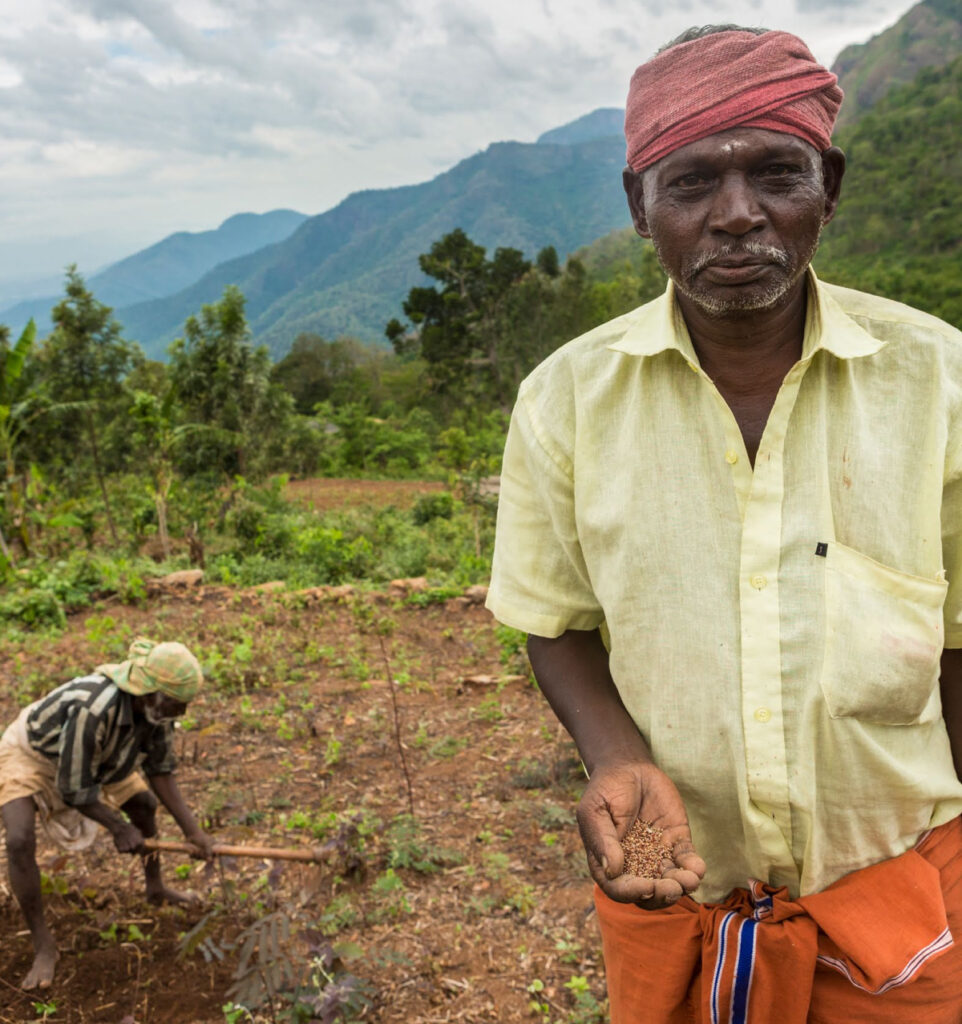
Hunter-gatherer Irulas who settled on the lower slopes were agriculturists who specialized in growing ancient varieties of native millet and grain which they cropped mindfully on their sacred lands with other forest species and medicinal plants. Their farming methods – which they use even today – were designed to ally with the land and the local ecology.
The knowledge, stories and world views of indigenous people answer urgent questions about long-term sustenance. And yet, post colonisation, while tea and tourism were the economic assets that put the Nilgiris on the world map, it is the native ecosystems and people — who have sunk their roots deep into the land — continue to bear the brunt of mass development.
This article was just one-tenth of a self-published book, Soul of the Nilgiris thoughtfully combines prose, photography, design, and community involvement—we had the spines for every one of the books hand-embroidered by the Toda women artisans over two years.
